KOALA 2025: 3rd Workshop of the Kentucky-Ohio ALgebra Alliance
|
June 5-6, 2025 Mathematics Department The Ohio State University Columbus, OH, USA Organizers:
|
|
Poster of the workshop.
This event is funded by the Mathematics Research Institute and National Science Foundation under CAREER grant DMS 1945212 and RTG grant DMS-2231565.
Registration: For planning purposes, all participants (including invited speakers), are asked to register online. Registration will be open through Friday May 11, 2025. Please fill out the following registration form.
| About KOALA | Speakers | Schedule | Titles and abstracts |
About KOALA
The Mathematics Departments at both The Ohio State University (Columbus, OH) and the University of Kentucky (Lexington, KY) have a critical mass of faculty, postdocs and graduate students in Combinatorial Algebraic Geometry. Faculty at both institutions often have research collaborations and meet each other at conferences. Younger members of both groups do not have as many opportunities to interact.
KOALA workshops (regular 2-day meetings held once a year, and alternating between both institutions) provide a venue to further expand collaborations between these two groups. Their main goals are:
- to establish a community of mathematicians in Kentucky and Ohio working in Combinatorial Algebraic Geometry;
- to expose graduate students and junior researchers in both institutions to the many outstanding problems in Combinatorial Algebraic Geometry, and to the tools currently being used to attack them; and
- to survey recent developments in Combinatorial Algebraic Geometry (including moduli of curves, toric and tropical geometry, and the related geometry and combinatorics of homogeneous spaces)
Speakers
The KOALA 2025 Workshop will feature talks by three distinguished plenary speakers and some junior speakers from participating Midwest institutions:
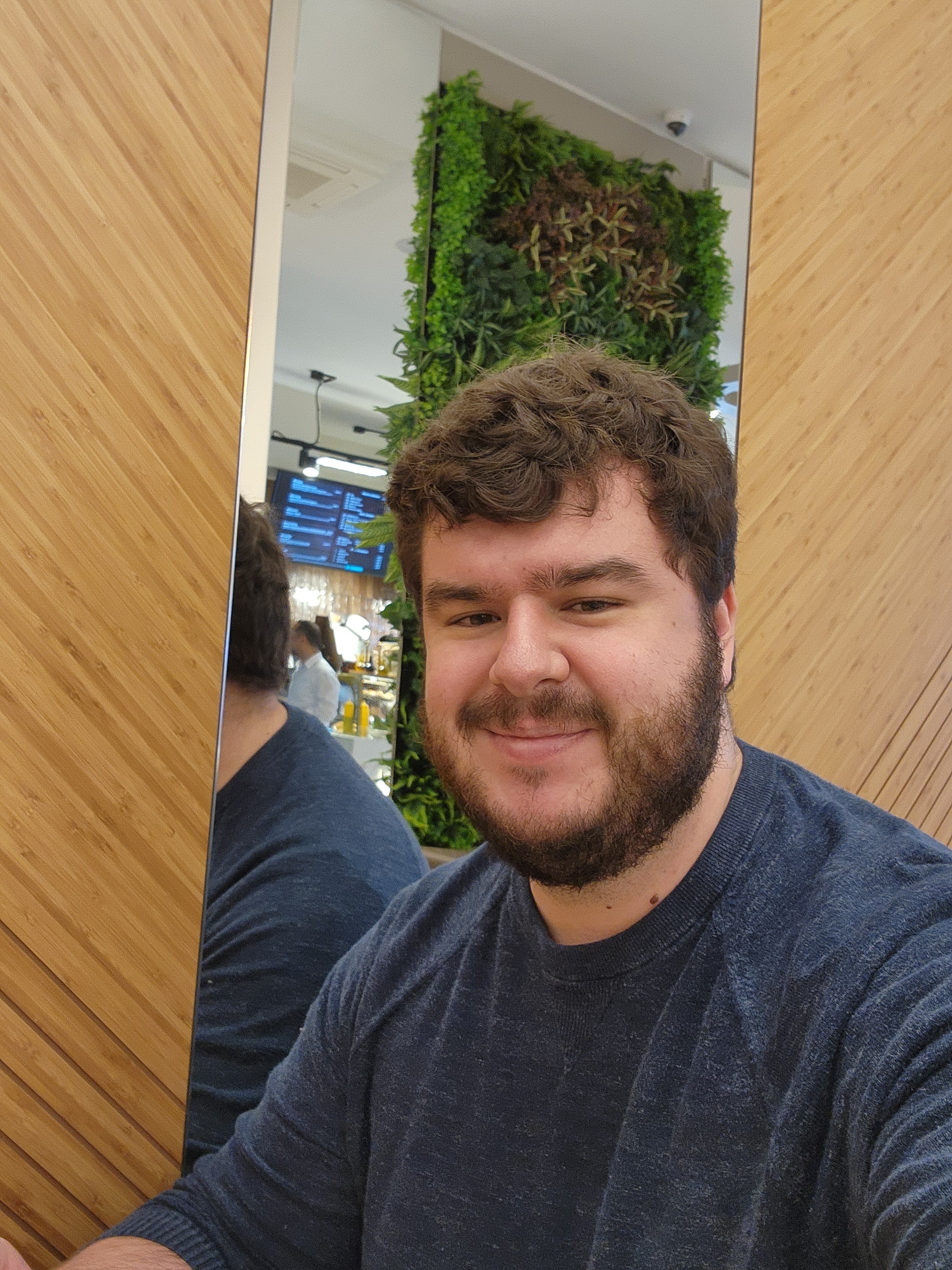
|
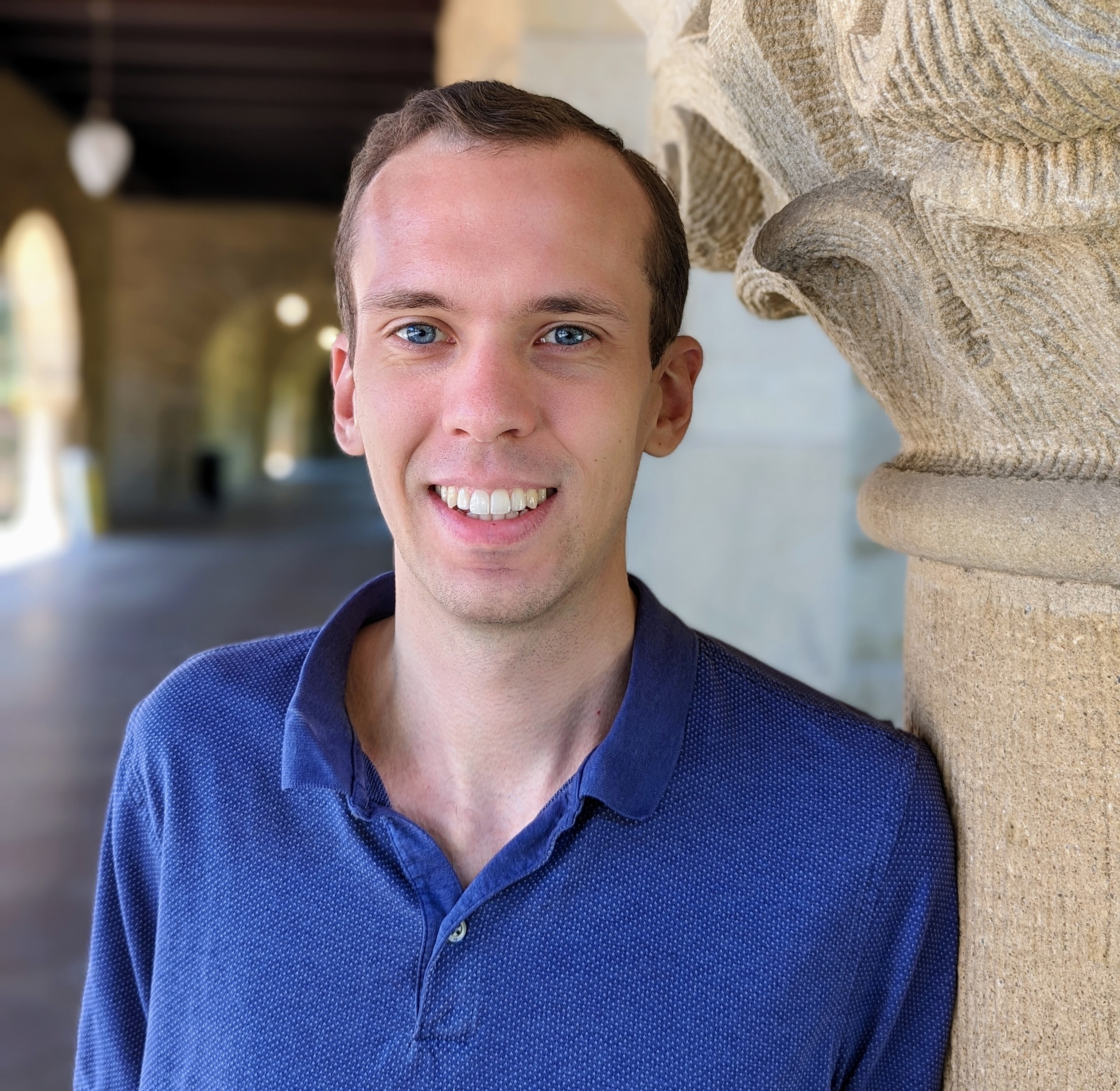
|
|
| Richard Haburcak (The Ohio State University) |
Matt Larson (Princeton University) |
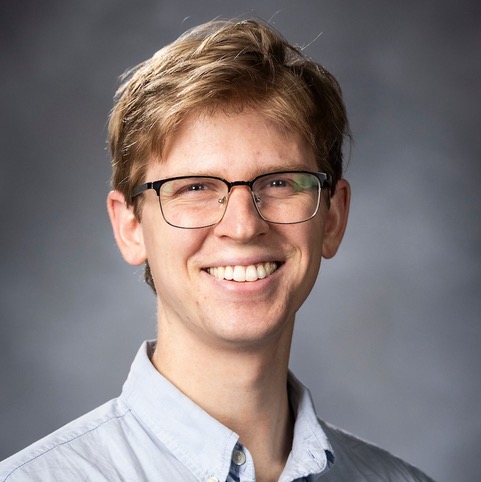
|
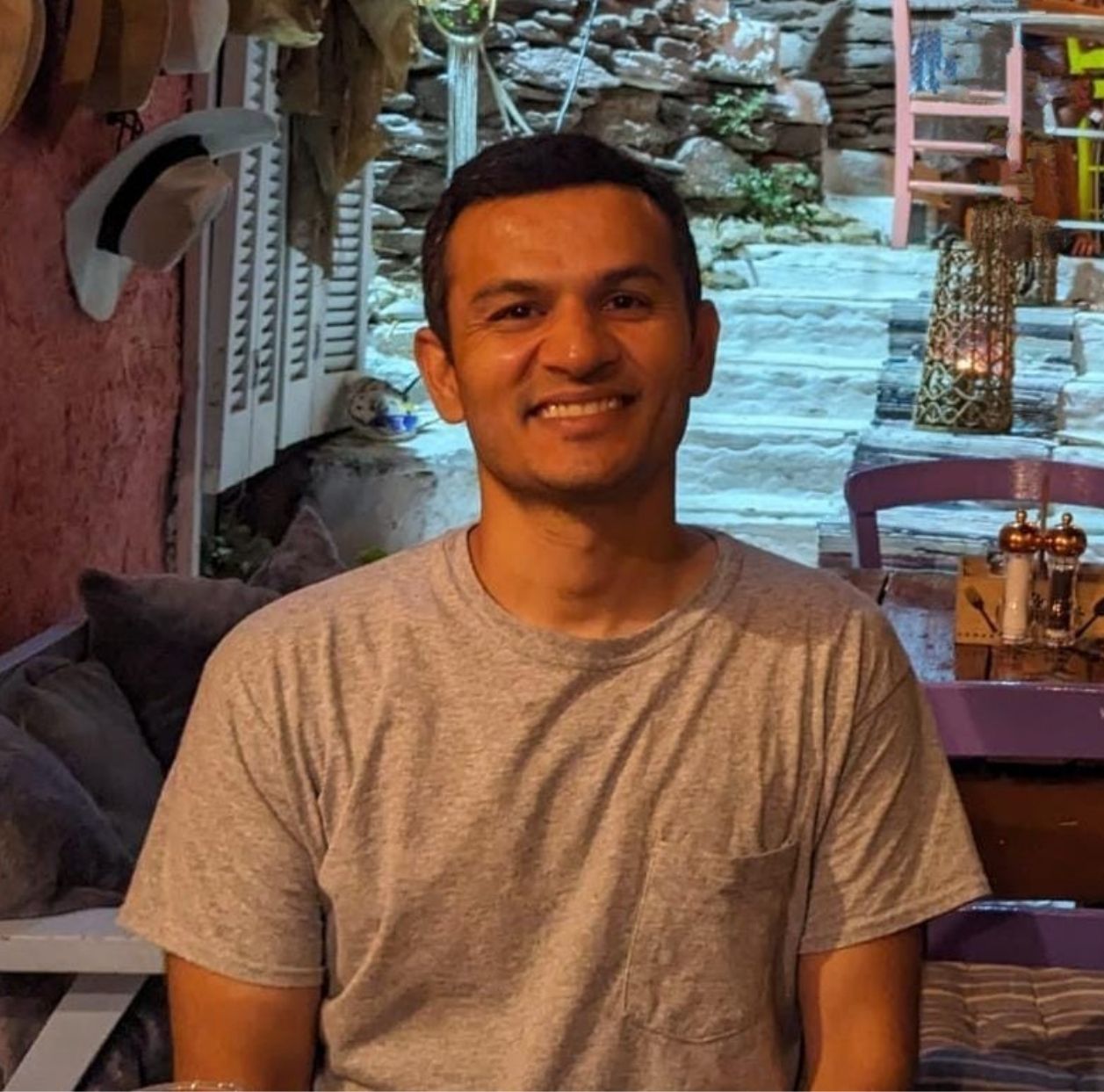
|
|
| StephenMcKean (Brigham Young University) |
Vasu Tewari (University of Toronto Mississauga) |
Back to Top
Schedule
We expect participants to arrive on Thursday June 5 at noon and leave on Friday June 6 in mid-afternoon. Lectures will start at 1pm on Day 1 and end around 3pm on Day 2.
The program is designed to encourage new research initiatives by allowing enough free time for discussion. In addition to the two plenary lectures (and accompanying pre-talks), we will have three additional lectures by postdocs and a lightning session of introductory talks.
All Talks (including the lightning round) will take place in room CH 240. Coffee breaks and the dinner on Day 1 will be held in MW 724.
| Day | Time | Location | Speaker/Event | Title |
| 1 | 1:00-1:30 | MW 724 | Registration and snacks | |
| 1 | 1:30-2:30 | CH 240 | Stephen McKean | Punctual Hilbert schemes and higher partitions |
| 1 | 2:30-3:00 | MW 724 | Coffee break | |
| 1 | 3:00-3:30 | CH 240 | Matt Larson | Pre-talk |
| 1 | 3:30-4:30 | CH 240 | Matt Larson | Complementary vectors of level complexes |
| 1 | 4:30-5 | MW 724 | Break | |
| 1 | 5-6 | CH 240 | Lightning Session | |
| 1 | 6-8 | MW 724 | Dinner | |
| 2 | 8:30-9:30 | MW 724 | Breakfast | |
| 2 | 9:30-10:30 | CH 240 | Richard Haburcak | Limit linear series, theta characteristics, and reducible Brill--Noether loci |
| 2 | 10:30-11:30 | MW 724 | Coffee break | |
| 2 | 11:30-12:00 | CH 240 | Vasu Tewari | Pre-talk |
| 2 | 12:00-1:00 | CH 240 | Vasu Tewari | Equivariant quasisymmetric and noncrossing partitions |
Back to Top
Titles and abstracts
- Limit linear series, theta characteristics, and reducible Brill--Noether loci
Abstract: Curves of genus g admitting linear series of degree d and dimension r with negative Brill--Noether number ρ form interesting subvarieties of Mg, called Brill--Noether loci. The Brill--Noether divisors (when ρ=-1) have played an important role in understanding the birational geometry of Mg. However, fairly little is known about Brill--Noether loci in general; for example, the dimension, reducibility, and existence of a component of expected dimension are known only when ρ is not too negative, or when r is not too large. Leveraging the combinatorial structure of limit linear series on chains of elliptic curves, we find examples of Brill--Noether loci with multiple components. In particular, we show that there are loci with at least three components, one of curves with a theta characteristic, one without, and a third component coming from curves of a fixed gonality. This is joint work with Montserrat Teixidor i Bigas.
- Complementary vectors of level complexes
Abstract: Level complexes are a family of simplicial complexes that includes triangulations of spheres, Bergman complexes of matroids, and independence complexes of coloopless matroids. Work of Adiprasito, Papadakis, and Petrotou implies that the h-vector of a level complex of dimension d - 1 satisfies hi < hd-i for i < d/2. The complementary vector is (hd - h0, hd-1 - h1, ⋯). We show that the complementary vector of a level complex is the Hilbert function of a module over a polynomial ring which is generated in degree 0, and that any such Hilbert functions is the complementary vector of a level complex. Joint work with Alan Stapledon.
- Punctual Hilbert schemes and higher partitions
Abstract: In the Grothendieck ring of varieties, the Hilbert scheme of points on a surface is completely determined by the surface and the combinatorics of integer partitions. Various parts of this result were proved by Goettsche, Białynicki-Birula, and others. In this talk, I will discuss what is known (and what is not) about Hilbert schemes of points on higher-dimensional varieties, and how these should relate to higher-dimensional partitions.
- Equivariant quasisymmetric and noncrossing partitions
Abstract: Motivated by the study of certain Richardson varieties and the combinatorics of noncrossing partitions, I will discuss combinatorial aspects of a new basis of the polynomial ring given by double forest polynomials. The corresponding theory admits a strong parallel to that of Schubert polynomials, with permutations replaced by noncrossing partitions. This new family of polynomials decomposes Schubert polynomials Graham-nonnegatively, contains as a subfamily a double analogue of fundamental quasisymmetric polynomials, and has an AJS-Billey-type formula for evaluations at noncrossing partitions. Joint work with Nantel Bergeron (York), Lucas Gagnon (York), Philippe Nadeau (Lyon), and Hunter Spink (Toronto).
Back to Top
KOALA 25 is sponsored by The Ohio State University (through the Mathematics Research Institute) and the National Science Foundation:
| |
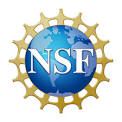
|
